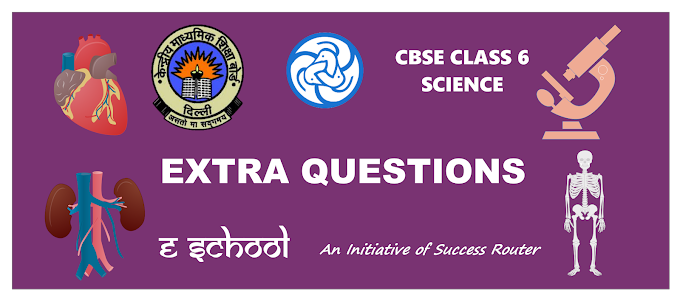Here we have given NCERT Solutions for Class 7 Science Chapter 3 Fibre to Fabric.
| Board | CBSE |
| Textbook | NCERT |
| Class | Class 7 |
| Subject | Science |
| Chapter | Chapter 3 |
| Chapter Name | Fibre to Fabric |
| Number of Questions Solved | 9 |
| Category | NCERT Solutions |
NCERT Solutions for Class 7 Science Chapter 3 Fibre to Fabric
Question 1.
You must be familiar with the following nursery rhymes:
- ‘Baa baa black sheep, have you any wool.’
- ‘Mary had a little lamb, whose fleece was white as snow.’
(a)
Which parts of the black sheep have wool?
(b)
What is meant by the white fleece of the lamb?
Solution:
(a)
Mainly the abdomen and back of the sheep have wool.
(b)
White fleece refers to the white hair of lamb that is used to make wool.
Question 2.
The silkworm is
(a) a caterpillar
(b) a larva
Choose the correct option :
- a
- b
- both a and b
- neither a nor b
Solution:
1. a caterpillar.
Question 3.
Which of the following does not yield wool?
- Yak
- Camel
- Goat
- Woolly dog
Solution:
4. Woolly dog.
Question 4.
What is meant by the following terms?
- Rearing
- Shearing
- Sericulture
Solution:
- Rearing :
The bringing up and looking after the sheep is called rearing. - Shearing :
To obtain wool, the fleece of the sheep along with a thin layer of skin is removed from its body. This process is called shearing. - Sericulture :
The rearing of silkworms for obtaining silk is called sericulture.
Question 5.
Given below is a sequence of steps in the processing of wool. Which are the missing steps? Add them. Shearing, …………, sorting, …………, …………, ………… .
Solution:
Scouring, picking out of burrs, colouring, rolling.
Question 6.
Make sketches of the two stages in the life history of the silk moth which are directly related to the production of silk.
Solution:
Question 7.
Out of the following, which are the two terms related to silk production? Sericulture, floriculture, moriculture, apiculture and silvicultrue.
Hints :
- Silk production involves cultivation of mulberry leaves and reàring silkworms
- Scientific name of mulberry is Morus alba.
Solution:
Sericulture and moriculture.
Question 8.
Match the words of Column I with those given in Column II :
Column I
- Scouring
- Mulberry leaves
- Yak
- Cocoon
Column II
(a) Yields silk fibres
(b) Wool yielding animal
(c) Food of silk worm
(d) Reeling
(e) Cleaning sheared skin.
Solution:
(l)-(e)
(2)-(c)
(3)-(b)
(4)-(a); (d)
Question 9.
Given below is a crossword puzzle based on this lesson. Use hints to fill in the blank spaces with letters that complete the words.
Down (D)
1 : Thorough washing
2 : Animal fibre
3 : Long thread like structure
Across (A)
1 : Keeps warm
2 : Its leaves are eaten by silkworms
3 : Hatches from egg of moth
Solution:
NCERT Solutions for Class 7 Science
- Chapter 1 Nutrition in Plants
- Chapter 2 Nutrition in Animals
- Chapter 3 Fibre to Fabric
- Chapter 4 Heat
- Chapter 5 Acids, Bases and Salts
- Chapter 6 Physical and Chemical Changes
- Chapter 7 Weather, Climate and Adaptations of Animals to Climate
- Chapter 8 Winds, Storms and Cyclones
- Chapter 9 Soil
- Chapter 10 Respiration in Organisms
- Chapter 11 Transportation in Animals and Plants
- Chapter 12 Reproduction in Plants
- Chapter 13 Motion and Time
- Chapter 14 Electric Current and its Effects
- Chapter 15 Light
- Chapter 16 Water A Precious Resource
- Chapter 17 Forests: Our Lifeline
- Chapter 18 Wastewater Story
We hope the NCERT Solutions for Class 7 Science Chapter 1 Nutrition in Plants help you. If you have any query regarding NCERT Solutions for Class 7 Science Chapter 1 Nutrition in Plants, drop a comment below and we will get back to you at the earliest. Don't forget to check out the other solutions as well.

0 Comments